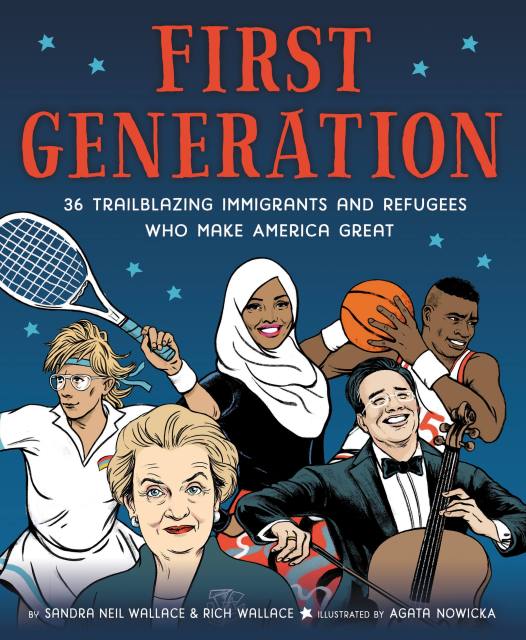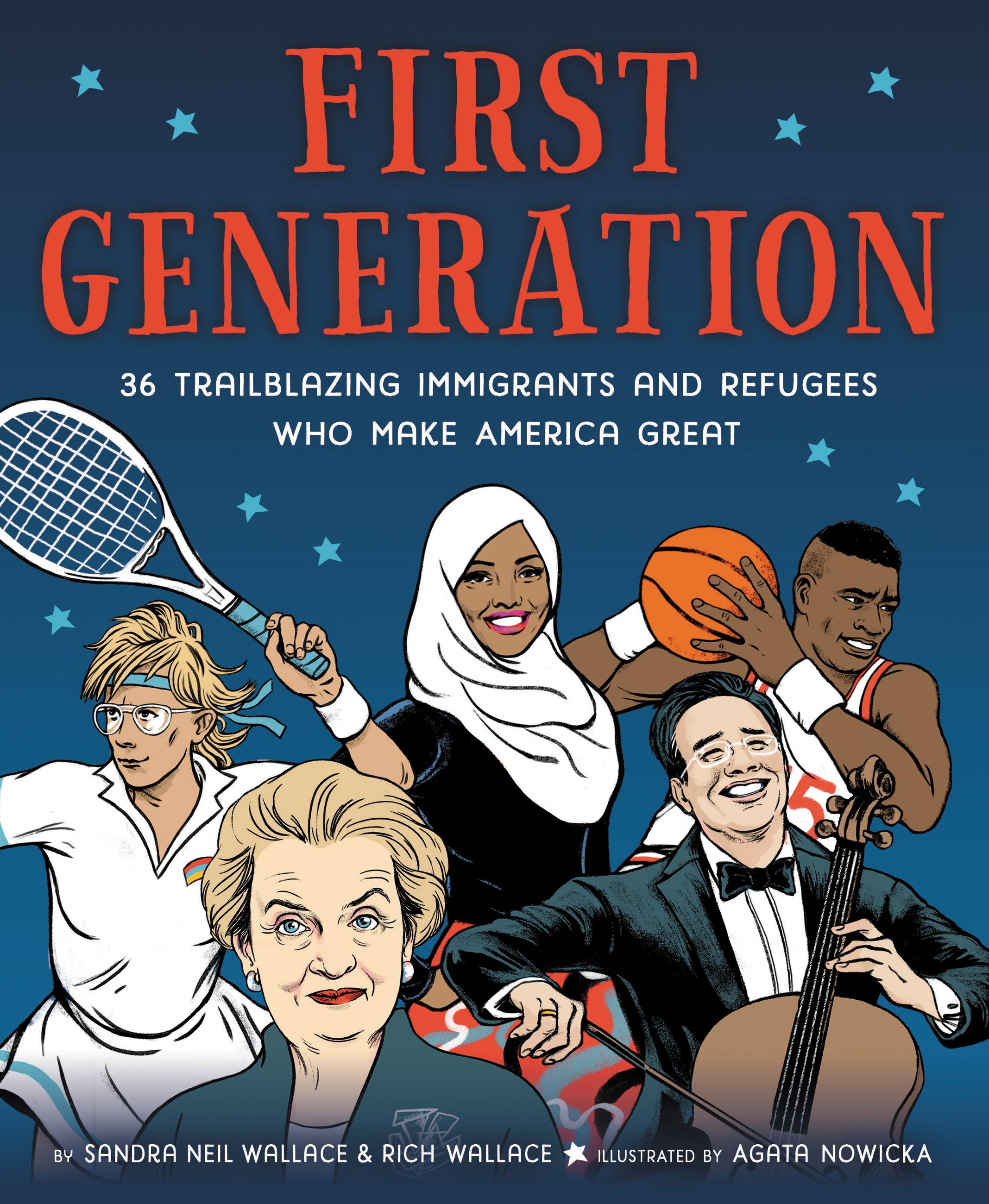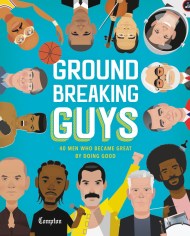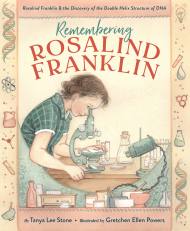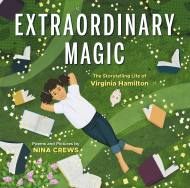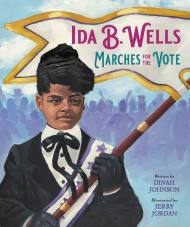Promotion
Use code MOM24 for 20% off site wide + free shipping over $45
First Generation
36 Trailblazing Immigrants and Refugees Who Make America Great
Contributors
By Rich Wallace
Illustrated by Agata Nowicka
Formats and Prices
Price
$10.99Price
$13.99 CADFormat
Format:
- ebook $10.99 $13.99 CAD
- Hardcover $18.99 $24.99 CAD
This item is a preorder. Your payment method will be charged immediately, and the product is expected to ship on or around September 4, 2018. This date is subject to change due to shipping delays beyond our control.
Also available from:
The men and women in this book represent nations from Somalia to Germany, from Syria to China, from Mexico to Sweden, and more. They are people like Secretary of State Madeleine Albright, international singing sensation Celia Cruz, star basketball player Dikembe Mutombo, world-renowned physicist Albert Einstein, and influential journalist Jorge Ramos. And they are all immigrants or refugees to the United States of America. Their courage, their achievements, and their determination to change the world have helped make our country a stronger place. Perhaps after reading their stories, you will be inspired to make the world a better place, too.
Genre:
- On Sale
- Sep 4, 2018
- Page Count
- 96 pages
- Publisher
- Little, Brown Books for Young Readers
- ISBN-13
- 9780316515238
Newsletter Signup
By clicking ‘Sign Up,’ I acknowledge that I have read and agree to Hachette Book Group’s Privacy Policy and Terms of Use
